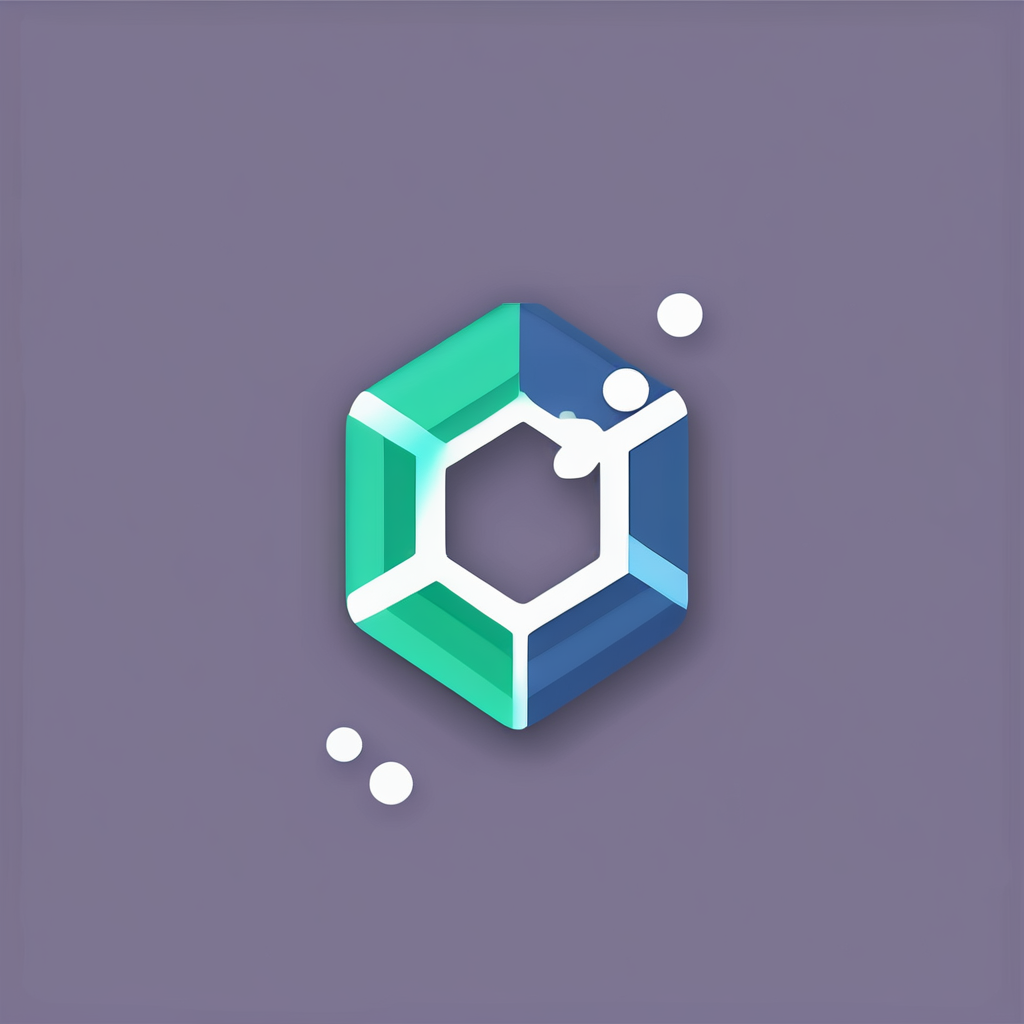Understanding Jenkins Security Vulnerabilities
In today’s fast-paced development environments, Jenkins security plays a pivotal role in safeguarding your CI/CD pipelines. With the complexity of Jenkins pipelines, vulnerabilities are often exploited, leading to significant CI/CD risks. It’s vital for teams to be proactive in identifying these threats to protect their applications effectively.
Common Vulnerabilities
Pipeline vulnerabilities commonly stem from misconfigurations, inadequate access controls, and outdated plugins. These weaknesses can result in unauthorized access or data breaches, compromising the integrity of the CI/CD process. Ensuring secure configurations, routine updates, and stringent permission settings are crucial steps in mitigating these vulnerabilities.
Also read : Essential services of an eu data protection officer for businesses
Securing CI/CD Processes
Securing CI/CD environments requires a comprehensive approach that includes regular vulnerability assessments and incorporating security best practices. Implementing stringent access controls and integrating security checks into the CI/CD workflow can significantly reduce vulnerabilities.
Recent Statistics and Breaches
Recent statistics indicate a rise in security breaches exploiting Jenkins pipelines, highlighting the urgent need for robust security measures. For instance, a notable breach involved attackers leveraging a plugin vulnerability to gain administrative access. Such examples underscore the critical importance of maintaining up-to-date security protocols, ensuring the safety and reliability of CI/CD processes.
Topic to read : Mastering cross-platform mobile development: essential tactics for success with xamarin
Best Practices for Jenkins Configuration
Configuring Jenkins securely is essential to ensure a robust software development environment. When creating a secure Jenkins environment, follow these critical steps.
First, restrict access to Jenkins by setting security best practices. Establish user authentication with strong passwords and integrate it with directory services if applicable. Security can be significantly improved by granting the minimal required access to users, reducing potential attack vectors.
Jenkins configuration should include disabling unused plugins. Each enabled plugin can become an entry point for potential security breaches, thus increasing the attack surface. Regularly review installed plugins and only maintain those vital for your needs.
Patch management is crucial. Frequent updates ensure Jenkins keeps up with the latest security fixes and features. Schedule regular checks for updates and apply them promptly. This proactive approach strengthens Jenkins against vulnerabilities that could be exploited.
Enabling security best practices such as environment segregation layers, like development, testing, and production, limits the impact of breaches in any single environment. Furthermore, implementing logging and monitoring ensures any anomalies or unauthorized access attempts are tracked and addressed swiftly.
In summary, following these security best practices not only safeguards your Jenkins setup but also facilitates a more efficient and trouble-free development process.
Effective Plugin Management
In the realm of Jenkins plugins, effective management demands both caution and precision. Proper handling ensures that development and integration processes remain smooth and secure. The complexity of managing Jenkins plugins arises due to the sheer volume and diversity available to users. By prioritizing plugin security, organizations can mitigate risks that accompany external integrations.
Evaluating Plugins for Security
Choosing the right plugins necessitates rigorous evaluation. Start by selecting secure and trusted plugins, focusing on their source and history of updates. Consider these criteria: Does the plugin fit with your existing infrastructure? Has it been vetted by the Jenkins community? Inadequate scrutiny of third-party plugins can lead to vulnerabilities, underscoring the importance of this evaluation.
Regularly Auditing Installed Plugins
Conducting regular audits of installed plugins is crucial. Implement strategies such as periodic review cycles and utilize tools designed for security assessment. Tools like OWASP Dependency-Check help identify potential risks associated with Jenkins plugins. These audits ensure long-term security and functionality.
Eliminating Unused Plugins
Unused or surplus plugins often pose hidden threats. They can increase the attack surface area and impede system performance. Best practices for managing these involve evaluating current needs and safely disabling or removing unnecessary plugins. By doing so, one enhances both the security and efficiency of the Jenkins environment.
Implementing Access Control Measures
Access control is a pivotal aspect of security in Jenkins. Defining adequate roles and user permissions ensures that users have only the access they need. Adopt the principle of least privilege, meaning users receive the minimum levels of access — or permissions — necessary to perform their job functions.
Security roles in Jenkins should be clearly articulated and implemented. This involves segregating duties where possible, assigning different roles like administrator, developer, and viewer. Each role should have clearly defined permissions to prevent unauthorized access or actions.
Strategies for Defining Roles and Permissions
To effectively define roles and permissions, start by mapping out the tasks that each role in your organization will undertake in Jenkins. Configure user permissions within Jenkins to mirror these tasks closely. Use Jenkins’ role-based strategy plugins if necessary, for a more granular allocation of permissions.
Monitoring and Auditing
Regularly monitoring and auditing user access logs is vital. By examining these logs, one can identify any anomalies or unauthorized access attempts, swiftly addressing potential security threats. Implementing an auditing process will help ensure compliance with your security policies and facilitate the rapid identification of suspicious activities.
Automating Security Testing in CI/CD
Streamlining security testing within Continuous Integration/Continuous Deployment (CI/CD) pipelines is crucial for maintaining a robust software defense mechanism. By implementing automated security testing, vulnerabilities can be detected early, ensuring proactive risk management.
Integrating Security Tools into the Pipeline
To effectively incorporate security testing, tools like Jenkins, which support a range of security testing plugins, are vital. Begin by selecting tools compatible with Jenkins that meet your specific CI/CD security needs, such as OWASP ZAP or SonarQube. These tools can facilitate vulnerability scanning, making them essential to the integration process.
Step-by-Step Process:
- Install and configure the security plugin within Jenkins.
- Set up rules and criteria for automated scans based on your project’s security policies.
- Schedule scans to run automatically with each build, ensuring continuous security checks.
- Regularly update scanning rules to address emerging threats.
Continuous Monitoring for Vulnerabilities
Establishing reliable alert mechanisms is paramount in identifying any vulnerabilities that may surface during builds. Implement real-time notifications to prompt immediate attention and action. Routine vulnerability assessments should be conducted to maintain ongoing security, adapting to new risks as they arise.
Practical Example of Automated Security Testing
Consider a case study where the integration of automated security processes within a CI/CD pipeline resulted in a significant reduction of detected vulnerabilities. This case highlighted the effectiveness of automation strategies in enhancing security posture and provided valuable lessons on adapting techniques to other projects.
Common Pitfalls to Avoid in Jenkins Security
In the realm of Jenkins security, overlooked details can lead to vulnerabilities. A frequent misconfiguration is neglecting to update plugins regularly. Outdated plugins can expose critical weaknesses, rendering systems susceptible to attacks. Another common security mistake is granting overly broad permissions to users. Limiting user access can prevent unintended modifications and secure sensitive data.
Security Breach Case Studies
Real-world examples illustrate how minor oversights can escalate into severe security breaches. In one incident, a company neglected to change the default admin password, allowing unauthorized access and data theft. In another case, improper network segmentation allowed attackers to exploit vulnerabilities in a staging environment, accessing production data.
Continuous Education Recommendations
To combat these issues, organizations should invest in continuous education on security best practices. Regular training sessions can ensure that team members stay updated on the latest threats and solutions. Emphasizing the importance of routine security audits will help identify and rectify vulnerabilities promptly.
By proactively addressing these common vulnerabilities, teams can significantly enhance the security posture of their Jenkins installations. Remaining vigilant and informed is key to safeguarding sensitive information and maintaining system integrity.






